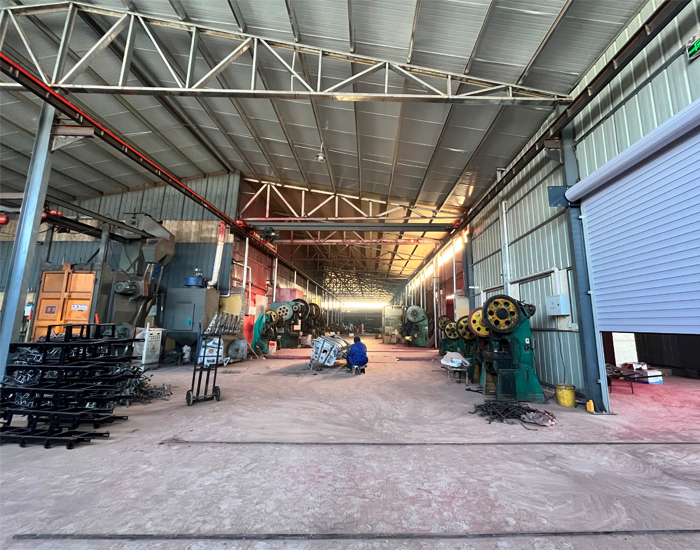rice combine harvester
The Evolution and Significance of Rice Combine Harvesters
Rice is a staple food for more than half of the world’s population, making rice cultivation a critical agricultural activity. As the global demand for rice continues to grow, farmers are under increasing pressure to enhance productivity and efficiency. This is where rice combine harvesters play a pivotal role in modern agriculture.
The rice combine harvester is a sophisticated agricultural machine that streamlines the harvesting process, combining different tasks into one efficient operation. Traditionally, harvesting rice involved labor-intensive methods, where workers would manually cut the stalks, bundle the rice, and then separate the grains from the chaff. This labor-intensive approach was not only time-consuming but also limited the area that could be harvested in a day, particularly in regions where labor shortages are prevalent.
The introduction of the rice combine harvester revolutionized this process. These machines are equipped with powerful engines that drive various mechanisms including cutting blades, threshers, and separation systems. By mechanizing the harvesting process, farmers can significantly reduce the time and labor required to harvest rice. A modern rice combine harvester can cut, thresh, and clean rice in a single pass, allowing farmers to harvest larger areas in a shorter period.
rice combine harvester

One of the most significant advantages of using rice combine harvesters is the increase in efficiency and reduction in post-harvest losses. The timely harvesting of rice crops can prevent losses due to weather impacts, such as rain or flooding, which can damage the crop if left too long in the field. Additionally, combine harvesters are designed to minimize grain damage, thereby preserving the quality of the rice and maximizing market value.
Moreover, the use of rice combine harvesters contributes to better resource management. By reducing labor costs and increasing the speed of harvesting, farmers can allocate their resources more effectively, potentially investing in other agricultural technologies or practices to further enhance productivity. This mechanization also promotes sustainable farming practices by allowing farmers to utilize their time for other critical agricultural tasks, such as crop rotation and soil management.
Despite the clear benefits, the adoption of rice combine harvesters is not without challenges. The initial investment cost can be prohibitive for smallholder farmers, particularly in developing countries. To address this, various governments and agricultural organizations have implemented programs to subsidize costs and encourage the adoption of modern harvesting technologies.
In conclusion, rice combine harvesters represent a significant advancement in agricultural machinery, offering a multitude of benefits that aid in the efficient harvesting of rice. As the global population continues to rise, and the demand for rice escalates, these machines will undoubtedly play a crucial role in ensuring food security and enhancing the livelihoods of farmers around the world. The ongoing evolution of agriculture technology will pave the way for even greater innovations, making the future of rice farming not only more productive but also more sustainable.
Latest news
-
When to Upgrade Your Old Forage HarvesterNewsJun.05,2025
-
One Forage Harvester for All Your NeedsNewsJun.05,2025
-
Mastering the Grass Reaper MachineNewsJun.05,2025
-
How Small Farms Make Full Use of Wheat ReaperNewsJun.05,2025
-
Harvesting Wheat the Easy Way: Use a Mini Tractor ReaperNewsJun.05,2025
-
Growing Demand for the Mini Tractor Reaper in AsiaNewsJun.05,2025
